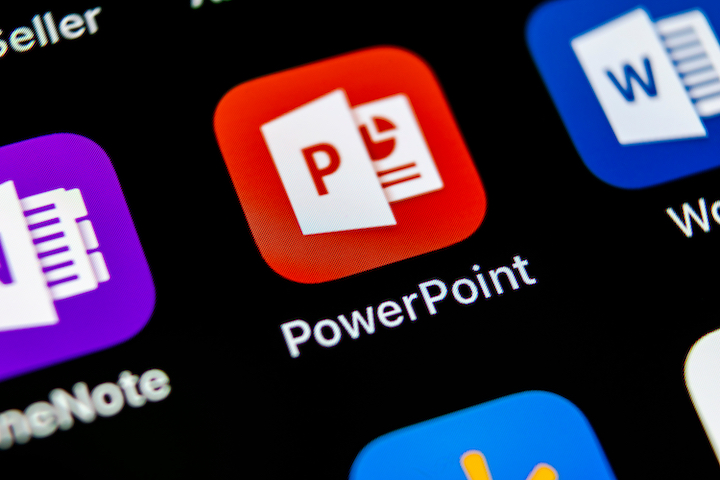When I speak at seminars, I often get the question: “Should I use a PowerPoint presentation at mediation?” Lawyers who have no trouble whipping out photographs or circling key parts of medical records to show the other side, balk when it comes to using a PowerPoint. I am convinced that the reason lawyers feel ambivalent about using PowerPoint is that a full presentation is, at its core, attorney work product — in a way that pictures and medical records are not. People dislike revealing their work product before trial, and with good reason. That leads us to four questions:
(1) Can a PowerPoint help you at mediation?
(2) When should you use a PowerPoint?
(3) Can you reveal too much in your presentation?
(4) How do you avoid revealing too much in your PowerPoint at mediation?
I will address the first question in this blog, and the other three questions in my next blog.
Can Making a PowerPoint Presentation Give You an Advantage? Yes, and Here’s Proof.
I mediated a case where the defendant was not taking the plaintiff’s lawyer seriously. The plaintiff’s lawyer was young, but apparently she had worked the daylights out of the case. The partner she worked for told me he could not believe the success she had had during the depositions, and that her interviews of the witnesses were even better. She had beaten back a motion for summary judgment. But the defendant seemed oblivious.
Before mediation, the defense counsel gave the plaintiff a lowball offer, and said, “There’s not much more there. That’s close to our final offer.” When she arrived on the morning of the mediation, the plaintiff’s lawyer asked to show us a PowerPoint during the opening statement. At BAY, our conference rooms are fully equipped with presentation equipment, so we hooked up her computer. The Plaintiff’s lawyer ripped through an impressive PowerPoint that laid out her evidence. The defense counsel and the adjuster sat up and took notice of the plaintiff’s attorney, for the first time in the litigation. Convinced the case was worth more than they had put on the table, they got on the phone to the home office, raised their offer, and we got the case settled that day.
I can state categorically — because I sat there and watched it happen — that in that case the PowerPoint presentation, and the organization, commitment, and work it represented, made a difference in that settlement. The plaintiff’s lawyer moved herself from the “young and inexperienced” category to the “force to be reckoned with” category.
But you have to carefully curate what you say in a PowerPoint. Next week I will explain how I know that (hint: it involves painful, personal experience), and how to make an effective presentation that does not ruin the surprise at trial.

